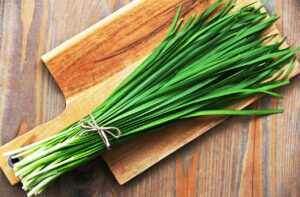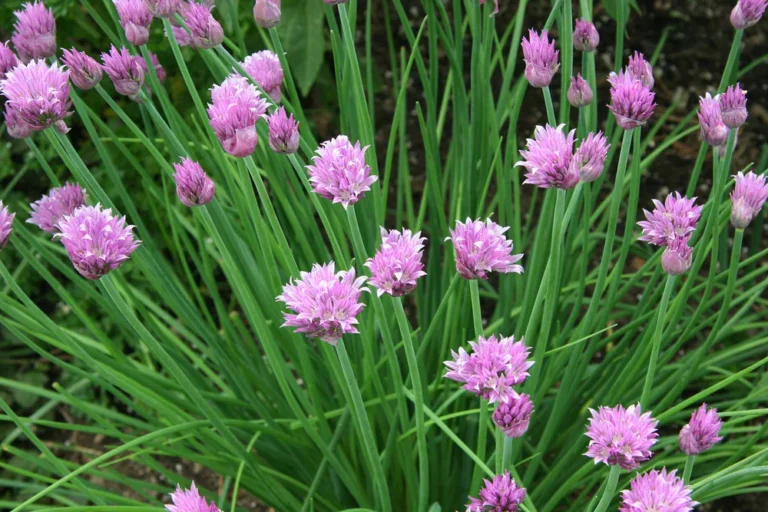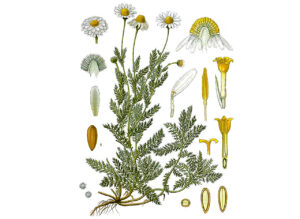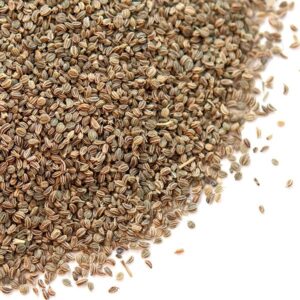Chives
You may think of weeds as annoying plants that grow wild, but did you know some weeds are edible and healthy? One such example is chives, a member of the allium family, which includes scallions and leeks. These plants grow wildly worldwide, and you may even spot them in your backyard with their lavender flowers.
Chives are popular in gardens for their garlicky flavor, but they need some care. They can spread quickly and require dividing every three to four years to give other plants a chance. Beyond their taste, chives offer many health benefits worth adding to your diet.
Health Benefits
Although chives are often used in small amounts, their health benefits suggest they should be enjoyed more frequently.
1. Cancer Prevention
Studies indicate that compounds in alliums, including sulfur in chives, may help prevent cancer by stopping the growth of cancerous cells. While research is ongoing, these findings suggest chives could support cancer prevention.
2. Bone Health
Chives are rich in Vitamin K, essential for maintaining strong bones. Vitamin K is widely used in Asia to treat osteoporosis, and studies suggest it helps improve bone density. Including chives in your diet early in life may support healthy bones over time.
3. Improved Memory
Chives contain choline and folate, both known to enhance memory. Choline supports better performance on cognitive tests, while folate has been linked to reducing the risk of Alzheimer’s and other memory disorders. Together, these nutrients make chives a great addition to your diet for brain health.
Nutritional Facts
Chives are low in calories but packed with nutrients. A single tablespoon of chives provides:
- 3% of the daily value for Vitamin A
- 3% of the daily value for Vitamin C
Other nutrients like choline and folate are present in smaller amounts but can add up when used generously in recipes.
Chives vs. Green Onions: What’s the Difference?
Chives and green onions may look similar but serve different purposes in cooking.
Chives
- Appearance: Thin, grass-like stems with a delicate texture and purple flowers (which are edible).
- Taste: Mild onion flavor, perfect for garnishing raw dishes like salads, soups, or mashed potatoes.
- Usage: Mostly used raw since they wilt quickly when cooked.
Green Onions
- Appearance: Thick, hollow green stalks with a small white bulb at the base.
- Taste: Stronger onion flavor, suitable for both raw and cooked dishes.
- Usage: Commonly used in recipes like stir-fries, omelets, and soups.
Garlic Chives
Garlic chives, also called Chinese chives, have flat leaves and a garlic-like flavor. They are popular in Asian cuisines and used in dumplings, stir-fries, and savory dishes.
Key Differences
- Taste: Chives have a mild flavor, while green onions are more robust.
- Appearance: Chives are thin and delicate, whereas green onions are thicker with noticeable bulbs.
- Cooking: Chives are primarily used as a garnish, while green onions are versatile and can be cooked or eaten raw.






